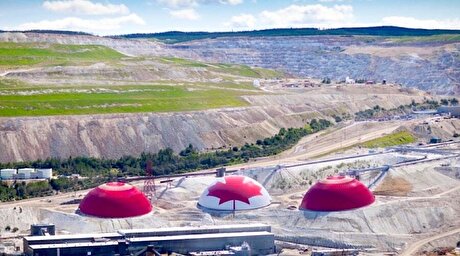
Japan to make 2020 Olympic torches from recycled aluminium plates
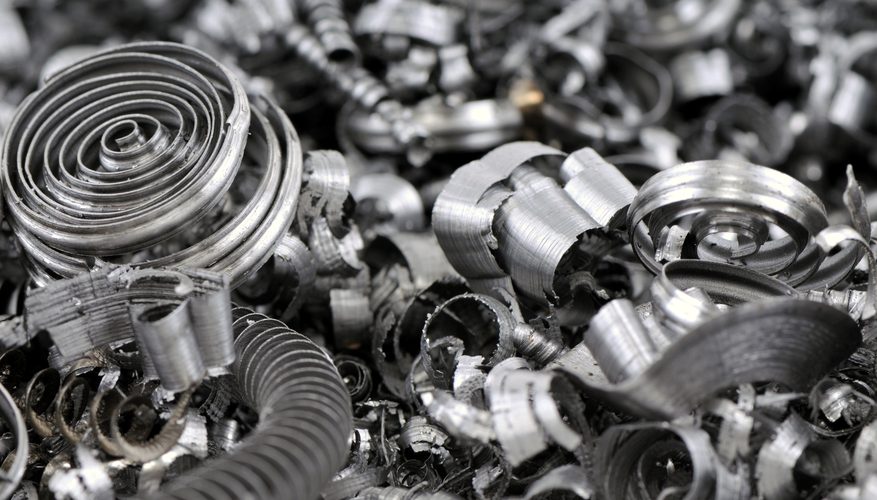
The scrap metal including aluminium was collected in Fukushima prefecture, the region which was devastated by a major earthquake, tsunami and nuclear disaster in 2011. These disasters jointly caused an estimated 16,000 fatalities – while costing the local economy no less than US$ 235 billion. After the disaster, 46,000 temporary buildings were made from aluminium plates to shelter about 340,000 people who fled the affected area. Now as the area is getting back to normalcy, those temporary buildings have been dismantled. About 10,000 of the aluminium construction plates from those constructions are now being recycled into making Olympic torches. This sets a brilliant example of resource utilzation and infinite recyclability of aluminium.
Japan has stopped making primary aluminium long back sourcing most of its aluminium from import and through secondary recovery. In 2018, the country produced about 827,000 tonnes of aluminium from aluminium scraps. In the first four months of 2019, Japan recovered about 386,000 tonnes of aluminium from scrap.



Gold price eases after Trump downplays clash with Fed chair Powell
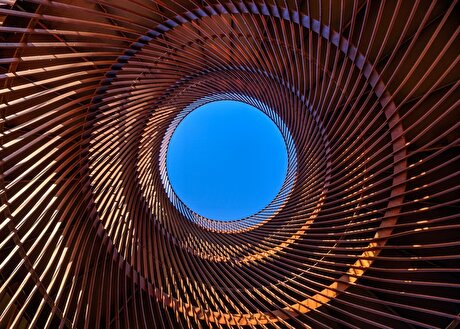
Copper price hits new record as tariff deadline looms
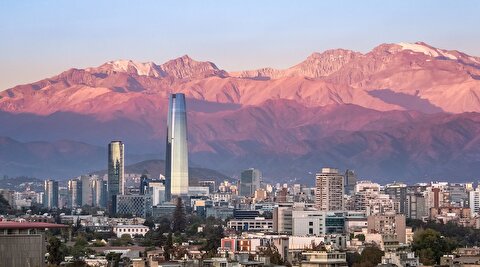
Chile’s 2025 vote puts mining sector’s future on the line
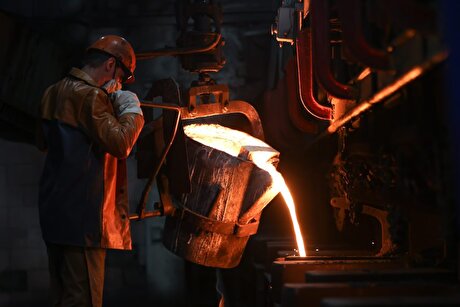
Brazil producers look to halt pig iron output as US tariff threat crimps demand
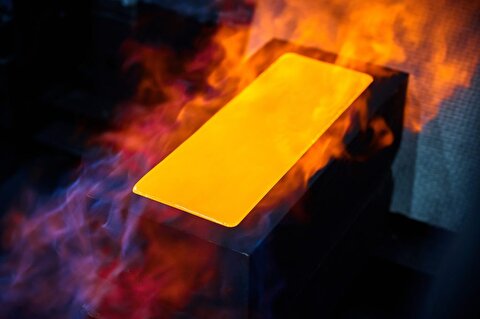
Gold price could hit $4,000 by year-end, says Fidelity

Three workers rescued after 60 hours trapped in Canada mine
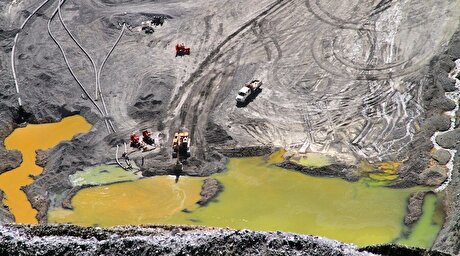
US targets mine waste to boost local critical minerals supply
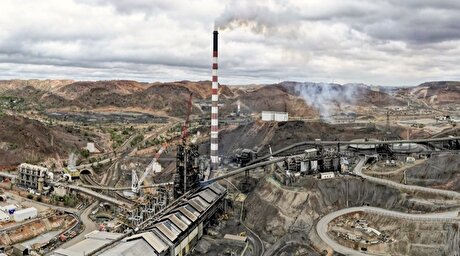
Glencore workers brace for layoffs on looming Mount Isa shutdown
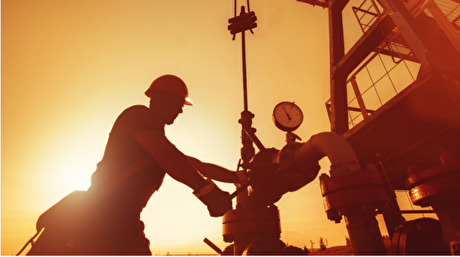
Column: EU’s pledge for $250 billion of US energy imports is delusional
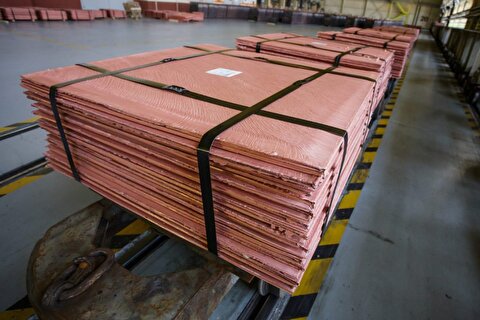
Trump tariff surprise triggers implosion of massive copper trade

Maxus expands land holdings at Quarry antimony project in British Columbia
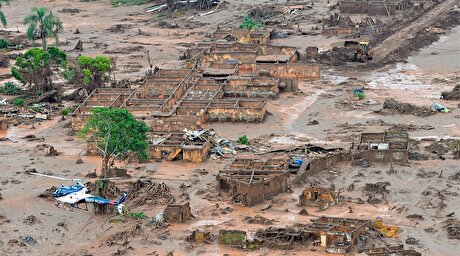
BHP, Vale accused of ‘cheating’ UK law firm out of $1.7 billion in fees
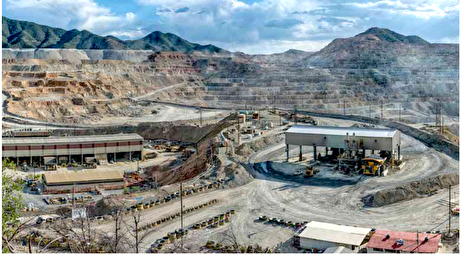
Southern Copper eyes $10.2B Mexico investment pending talks
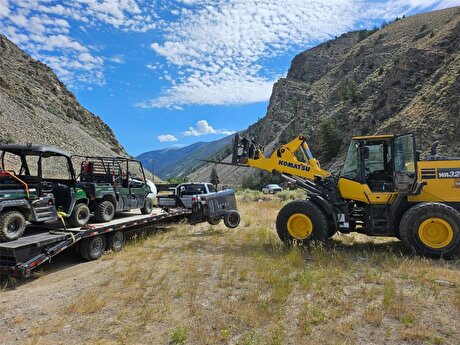
American Tungsten gets site remediation plan approved for Ima mine in Idaho
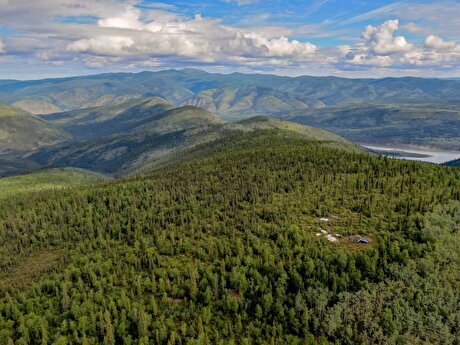
Kinross divests entire 12% stake in Yukon-focused White Gold

Gold price could hit $4,000 by year-end, says Fidelity
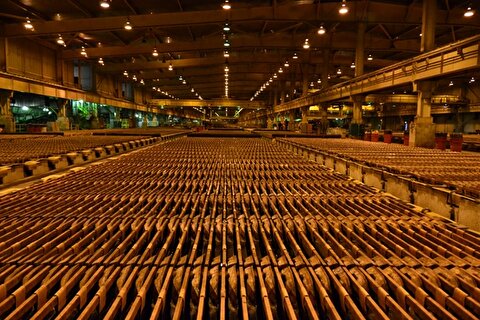
Southern Copper expects turmoil from US-China trade war to hit copper

Ramaco Resources secures five year permit for Brook rare earth mine in Wyoming

Column: EU’s pledge for $250 billion of US energy imports is delusional

Trump tariff surprise triggers implosion of massive copper trade

Maxus expands land holdings at Quarry antimony project in British Columbia

BHP, Vale accused of ‘cheating’ UK law firm out of $1.7 billion in fees

Southern Copper eyes $10.2B Mexico investment pending talks

American Tungsten gets site remediation plan approved for Ima mine in Idaho

Kinross divests entire 12% stake in Yukon-focused White Gold

Gold price could hit $4,000 by year-end, says Fidelity

Southern Copper expects turmoil from US-China trade war to hit copper

Ramaco Resources secures five year permit for Brook rare earth mine in Wyoming














